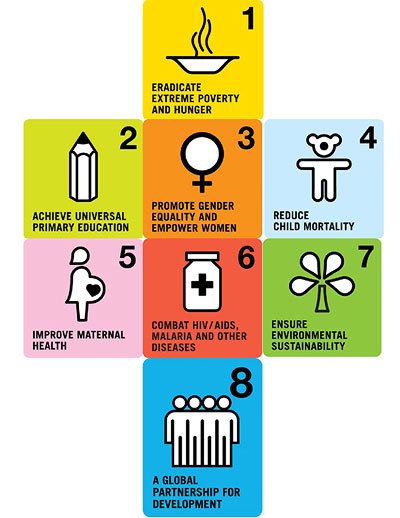Injectable Paramomycin for Visceral Leishmaniasis (Kala Azar) in India
Sunder, S et al. N Engl J Med 2007;356:2571-81 (www.nejm.org)
Background Visceral leishmaniasis (kala-azar) affects large, rural, resource-poor populations in South Asia, Africa, and Brazil. Safe, effective, and affordable new therapies are needed. We conducted a randomized, controlled, phase 3 open-label study comparing paromomycin, an aminoglycoside, with amphotericin B, the present standard of care in Bihar, India.
Methods In four treatment centers for visceral leishmaniasis, 667 patients between 5 and 55 years of age who were negative for the human immunodeficiency virus and had parasitologically confirmed visceral leishmaniasis were randomly assigned in a 3:1 ratio to receive paromomycin (502 patients) at a dose of 11 mg per kilogram of body weight intramuscularly daily for 21 days or amphotericin B (165 patients) at a dose of 1 mg per kilogram intravenously every other day for 30 days. Final cure was assessed 6 months after the end of treatment; safety assessments included daily clinical evaluations and weekly laboratory and audiometric evaluations. Noninferiority testing was used to compare 6-month cure rates, with a chosen margin of noninferiority of 10 percentage points.
Results Paromomycin was shown to be noninferior to amphotericin B (final cure rate, 94.6% vs. 98.8%; difference, 4.2 percentage points; upper bound of the 97.5% confidence interval, 6.9; P<0.001). Mortality rates in the two groups were less than 1%. Adverse events, which were more common among patients receiving paromomycin than among those receiving amphotericin B (6% vs. 2%, P=0.02), included transient elevation of aspartate aminotransferase levels (>3 times the upper limit of the normal range); transient reversible ototoxicity (2% vs. 0, P=0.20); and injection-site pain (55% vs. 0, P<0.001);> B, as compared with those receiving paromomycin, nephrotoxicity (4% vs. 0, P<0.001),> 0, P<0.001),>




